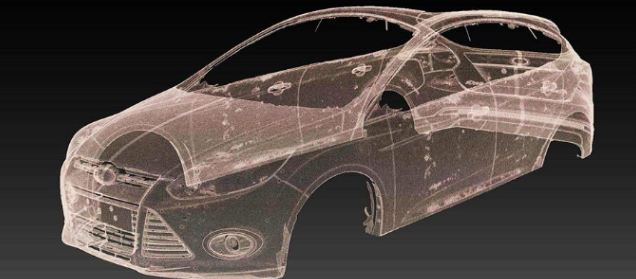In automobile design and other industrial design, we often hear a term: reverse engineering. What technology is reverse engineering? What is the operation? Let’s do a simple science popularization today.

What Is Reverse Engineering
According to the written statement, reverse engineering, also known as reverse technology, is a reproduction process of product design technology, that is, reverse analysis and Research on a target product, so as to deduce and obtain the design elements such as processing flow, organizational structure, functional characteristics and technical specifications of the product, so as to produce products with similar functions but not exactly the same. In popular terms, the reverse engineering process is actually well understood, which is to disassemble and analyze an existing finished product, deduce its manufacturing structure and function, and then copy it. In a word, seek the essence through the phenomenon.How To Operate Reverse Engineering
How To Operate Reverse Engineering
The specific operation process of reverse engineering is as follows:
1. First, for existing samples, you should decompose them into the most basic processable objects. At this stage, this process is usually realized through computer technology, which is called object digitization.
The specific method is to use some suitable measuring equipment to measure the spatial topology discrete point data according to the product model and store the measurement results in the form of a file or database. Generally, coordinate measuring machines, three-dimensional laser scanners, three-dimensional digitizers, multi-angle photos of objects and other digital methods are used to obtain data quickly and accurately. After obtaining the relatively complete sampling data of T, the sampling data can be displayed in the form of three-dimensional graphics through three-dimensional graphics processing technology to obtain an intuitive and simple product structure shape. In addition, some editing processing needs to be done for the measurement data, such as deleting noise points, adding necessary compensation points, data segmentation, compression, etc.
2. Secondly, after the object digitization is completed, these data need to be recombined and built to restore the real product model, referred to as object modeling. The specific method is to reverse calculate the three-dimensional CAD model of the product according to the discrete point data of spatial topology and adjust and optimize the model after product object analysis and interpolation detection.
3. After the model is constructed, a series of detailed analyses is required to select the appropriate production process, which is called object analysis for short. The specific operation is to use the model and design characterization for product surface analysis, finite element analysis and process analysis, and store the analysis results in the form of file or database for retrieval and call by other modules.
4. After the object analysis is completed, the next step is imitation, that is, object manufacturing. The CNC machining code is generated according to the analysis results, and the reverse object is processed on the CNC equipment.
5. Compare the produced products with the original samples, check the differences and advantages and disadvantages, and make corresponding corrections, inspections and modifications. Generally speaking, the reconstructed CAD model will be checked according to the re-measured and processed samples to see if it meets the requirements of accuracy or other test performance indicators. For those who do not meet the requirements, repeat the above process until they meet the design requirements of the parts.